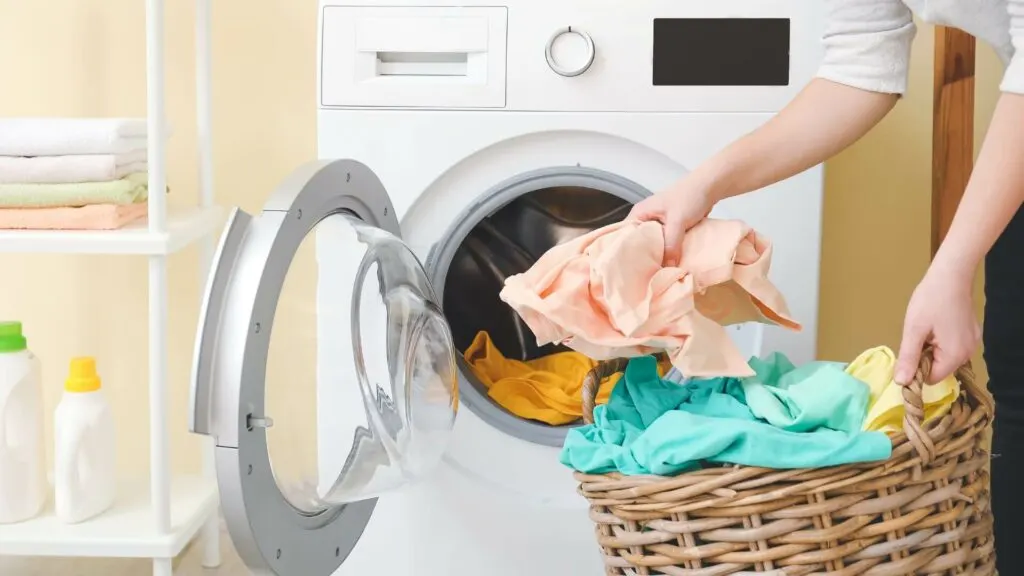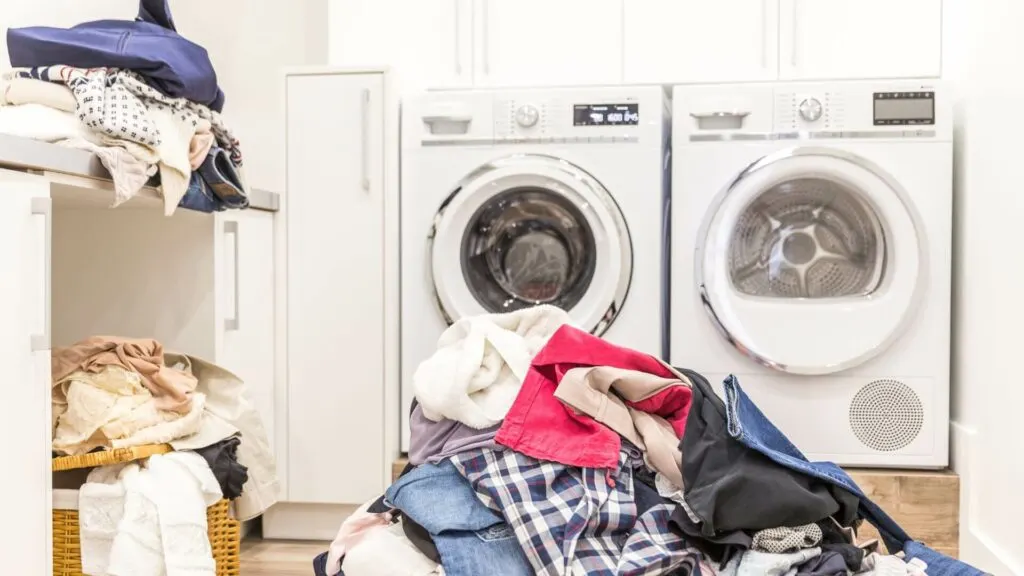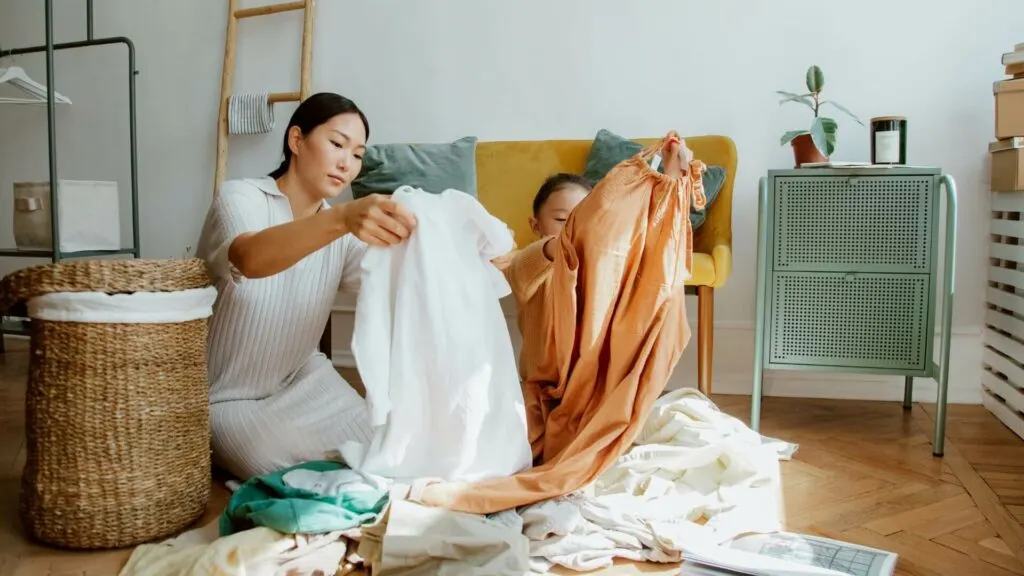Many parents earn additional income by renting out their second homes in holiday destinations. While they’re a useful income source, they also require a lot of work, which is particularly difficult to handle when you have kids at home.
Laundry is one of those chores that never stops piling up, especially in peak season. That’s why we outlined a laundry routine that works seamlessly.

1. Invest in High-Quality, Large-Capacity Machines
High-quality washers and dryers should be your first investment, as you’ll be handling frequent loads and large volumes of laundry. You’ll also need high temperatures to ensure everything is as hygienic as possible. The better the quality, the less likely you’ll have to change your washing arrangements mid-season because of a malfunction.
Large-capacity machines will save you time between loads and help you handle large items such as comforters, towels, and pillows.
2. Create a Schedule
You probably already have a sense of how much laundry you need to do, depending on guest turnover. Use this knowledge to create a schedule for laundry tasks. For example, plan to do laundry on specific days, such as check-out days or mid-week, to ensure clean linens are always available for incoming guests.
3. Color-Coded Linens
Sorting and planning will be much easier once you have a color-coded system. Purchase different-color linens for different rooms or purposes — choose one color scheme for kitchen cloths or one for sheets. You can also make sorting and folding easier by adding color-coded labels for each sheet or towel size (although some manufacturers also do this on their own). This is a common practice in hotels.
4. Pre-Sort Laundry
Whether you adopt the colo-coded system or not, you’ll likely have different color linen anyway. Use several baskets for each color. For example, use one for whites, one for darks, and one for colors. Include a fourth one for rags since you’ll be cleaning a lot and you know how quickly you get through cleaning supplies.
Once you fill up each laundry basket enough, you have a load to wash, making it easier to plan and saving you time on sorting.

5. Stock Up on Supplies
Your laundry room should always be stocked with detergent, softener, stain removers, color catchers, dryer sheets, and washing machine cleaners. Ideally, you will keep everything in one room, and create a system for how you store these items so they are easy to reach and use.
6. Stain Treatment Protocol
Since there will be plenty of stains, you’ll need to develop a protocol to save time, stress, and money. Who can afford to purchase new linen for each tiny stain? This is how you do it:
- Identify common stain types (e.g., wine, coffee, grease, makeup, blood).
- Research removal methods for each type of stain.
- Stock up on pre-wash stain removers, detergent boosters, oxygen bleach, sodium hypochlorite bleach (for safe-to-bleach fabrics), sponges, brushes, and clean cloths.
- Create and laminate a guide for each stain type that you will keep in your laundry room, so you don’t have to think about it.
7. Offer On-Site Laundry Facilities
If feasible, provide on-site laundry facilities for guests. This can be a valuable amenity that attracts guests and reduces the workload on your end by allowing guests to handle their own laundry.
You can also provide them with thorough instructions on different stain types (such as the guide I mentioned above). Also, encourage them to notify you of any stains so you can handle them sooner.
8. Efficient Folding and Storage
Folding and restocking is one of the most annoying parts of laundry day for many people. Make this part of your job easier by creating a system that works for your rental, whether it’s labeled bins, shelving units, or closets with clear organization.

9. Use a Commercial Laundry System
If you want to focus more on developing your business and spending time with your family, you can use a reliable commercial laundry system. A system like this can stop your laundry from overwhelming you when you could spend time improving other aspects of your rental business.
10. Regular Maintenance
Taking care of your machines as well as fabrics will ensure you spend less time fixing or replacing both. For machines, this involves regular cleaning and disinfection, clearing out lint traps, checking for any issues, and replacing worn-out parts on time.
For fabrics, this involves following manufacturer instructions and investing in enough sets so you don’t destroy a batch by using it too frequently. Also, make sure to always have enough backup sets of everything.

Jessi is the creative mind behind The Coffee Mom, a popular blog that combines parenting advice, travel tips, and a love for all things Disney. As a trusted Disney influencer and passionate storyteller, Jessi’s authentic insights and relatable content resonate with readers worldwide.
